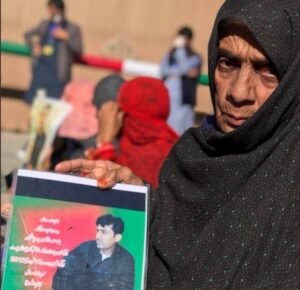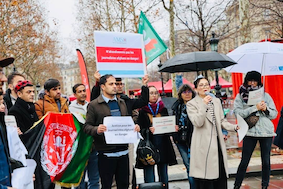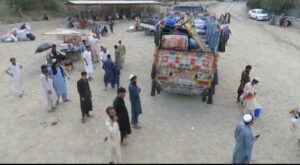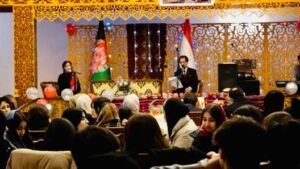Nabil Accuses Pakistan of Reviving Proxy Militancy Strategy
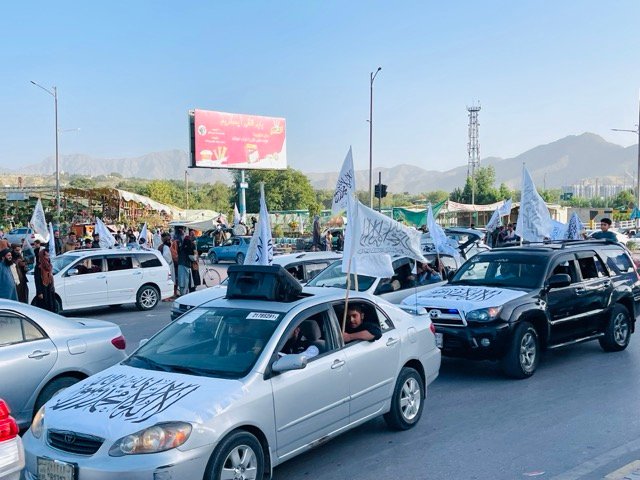
A photo by @AADIL for ADN shows Taliban supporters celebrating on the streets of Kabul during the group’s anniversary in summer 2024.
By SS Ahmad
A new wave of allegations by former Afghan intelligence chief Rahmatullah Nabil has reopened long-standing debates about Pakistan’s security doctrine and its use of militant groups as instruments of regional strategy. In a detailed post published on X, Nabil accuses Pakistan of reviving a decades-old policy of categorizing insurgent networks into “good” and “bad” Taliban – supporting some while targeting others – to retain influence amid shifting regional dynamics.
The core of Nabil’s argument is that Pakistan is once again repositioning and reorganizing extremist groups as part of an effort to reassert itself in a strategically uncertain environment. His claims draw on three types of evidence: a leaked 2014 military intelligence memo, a recent high-level coordination meeting in Lahore, and video footage purportedly showing Pakistan’s military facilitating the movement of militant fighters.
Nabil’s first example revisits a document he originally released in 2016, but which he argues has renewed relevance. The memo classified “SECRET,” details Pakistan’s relocation of select Afghan Taliban commanders and factions, those deemed “friendly” or strategically useful, into safe houses in Peshawar during the Zarb-e-Azb military operation.
The document outlines security arrangements for these groups, including housing, transportation, and protection from rival factions such as the Tehrik-e-Taliban Pakistan (TTP). For Nabil, this serves as proof of Pakistan’s historic practice of shielding certain Taliban elements while publicly promoting counterterrorism efforts.
The second allegation concerns a reported meeting early October in Lahore, attended by senior Pakistani military and intelligence officials as well as figures from Lashkar-e-Taiba (LeT). According to Nabil, the objective was to coordinate and activate ISIS recruitment and operational cells in Bajaur and Mastung. If accurate, this would represent a significant escalation – suggesting that Pakistan is facilitating rival militant networks to manage internal security pressures and influence events in neighboring Afghanistan and Balochistan.
His final claim includes video footage, which Nabil says shows Pakistan’s military intelligence transporting ISIS-linked operatives and transferring roughly 150 LeT fighters to Balochistan to reinforce ISIS camps. The presence of senior military officials in the footage, he argues, underscores state complicity.
While Pakistan has consistently denied such accusations, Nabil’s assertions contribute to a broader pattern identified by regional analysts: Pakistan’s security establishment has long used militant proxies as tools to shape events in Afghanistan and maintain strategic depth. The cost, he warns, is now visible in the rising instability on both sides of the Durand Line – fueling extremist violence, undermining regional security, and leaving civilians in Pakistan and Afghanistan to bear the consequences of a collapsing doctrine.
SS Ahmad is a freelance researcher and journalist based in Afghanistan.
Note: The contents of the article are of sole responsibility of the author. Afghan Diaspora Network will not be responsible for any inaccurate or incorrect statement in the articles.

